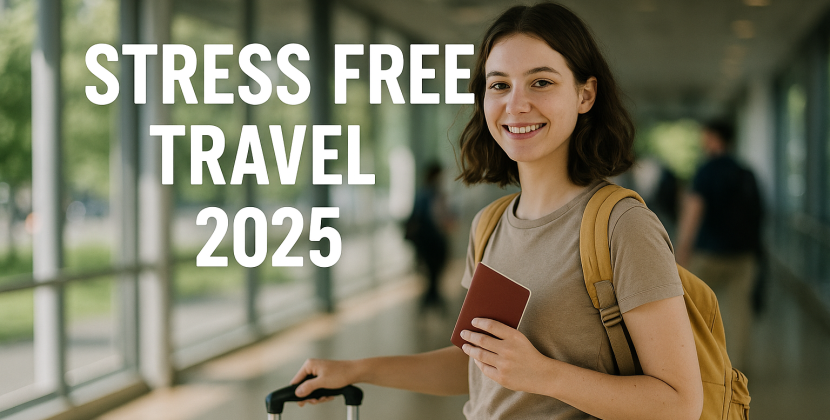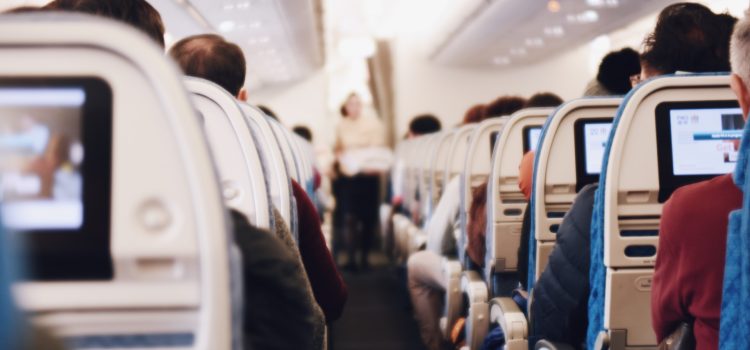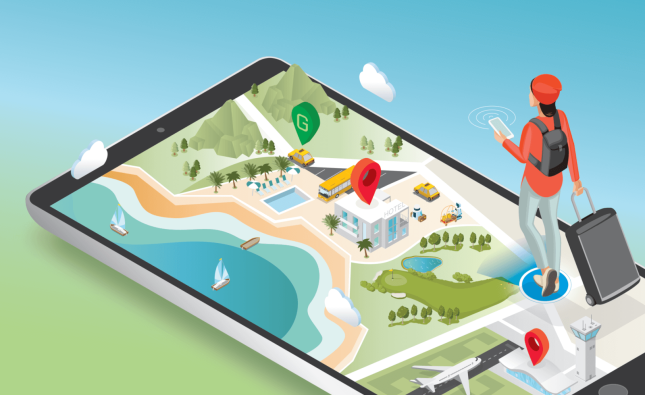
As the world gradually emerges from the COVID-19 pandemic, one of the industries hit the hardest has been air travel. With border restrictions, quarantine measures, and fear of the virus spreading, passenger numbers plummeted, and airlines have been struggling to stay afloat.
Now, as vaccination rates increase and some countries relax restrictions, travelers are eager to take to the skies once again. But is flying in the post-pandemic world going to be a never-ending nightmare?
One issue that has arisen is the confusion and inconsistency in the regulations around international travel. Different countries have different rules and requirements for entry, making planning and booking a trip a challenging task. Passengers must navigate a patchwork of regulations, including testing requirements, vaccination status, and quarantine rules, which can change frequently.
Another challenge is the risk of contracting COVID-19 while traveling. Despite airlines’ efforts to implement safety measures such as mandatory masks and enhanced cleaning, being in an enclosed space with other people for hours is a risk that some travelers may not be willing to take. The emergence of new variants of the virus adds to the uncertainty and fear surrounding air travel.
The cost of air travel has also been affected by the pandemic. Many airlines have had to reduce routes and cut staff to stay afloat, leading to reduced competition and higher fares. The additional costs associated with COVID-19 safety measures, such as testing and cleaning, have also been passed on to passengers.
But there may be some positive changes arising from the pandemic that could improve the air travel experience in the long run. One is the increased adoption of contactless technology, which reduces the need for physical contact and interactions with airline staff. Another is the accelerated development of health screening and testing technology, which could potentially reduce the risk of spreading infectious diseases on flights.
There are also questions around the environmental impact of air travel. The pandemic has led to a decrease in air pollution and carbon emissions from air travel, as fewer flights took to the skies. As we return to the skies, the aviation industry will need to address its environmental impact and work towards more sustainable practices.
In conclusion, while the post-pandemic world presents many challenges for air travel, there are also opportunities for positive change. The airline industry must navigate the constantly changing regulations and safety concerns while also addressing issues such as sustainability and cost. As travelers, we must also remain vigilant and responsible, following safety guidelines and considering the impact of our travel on the environment.










